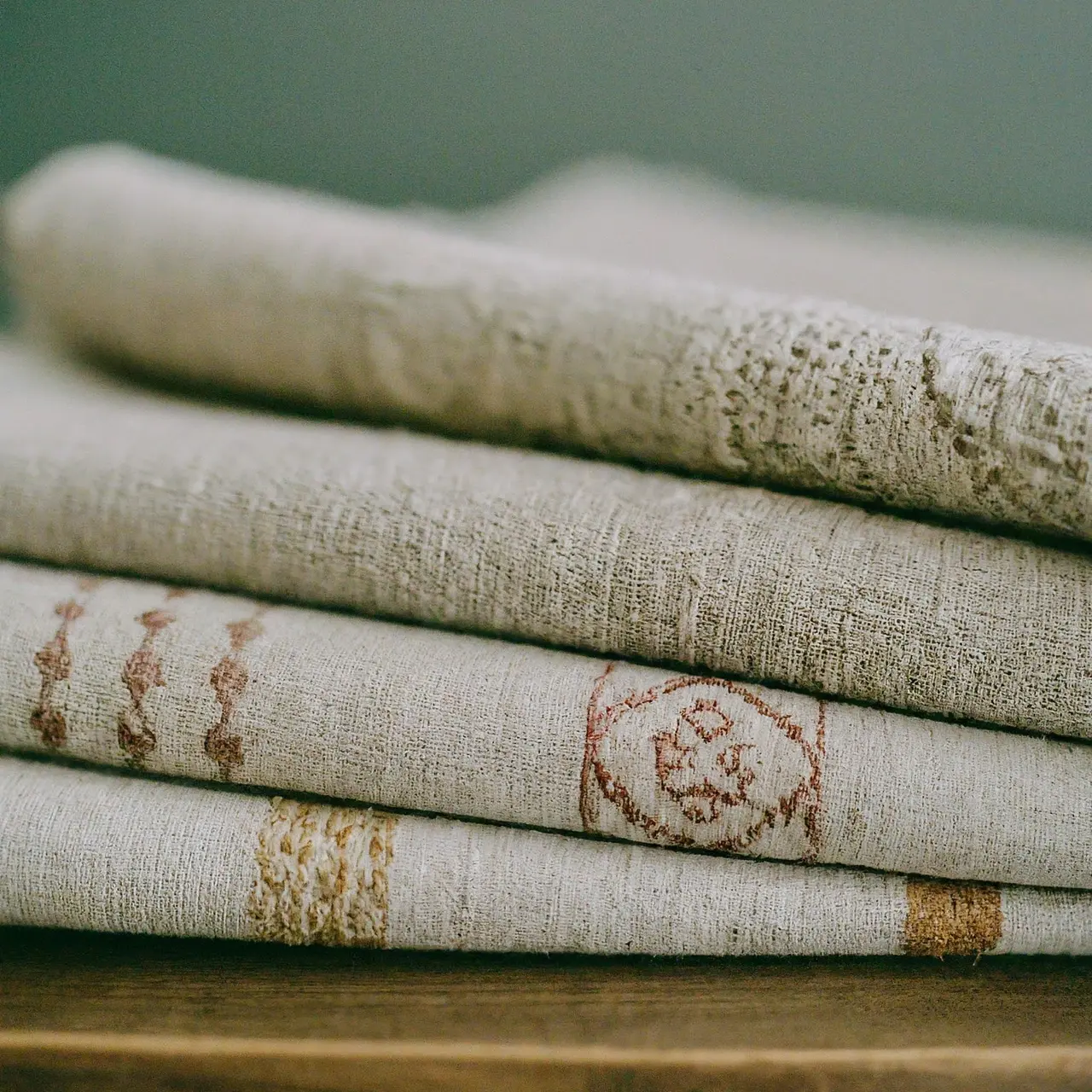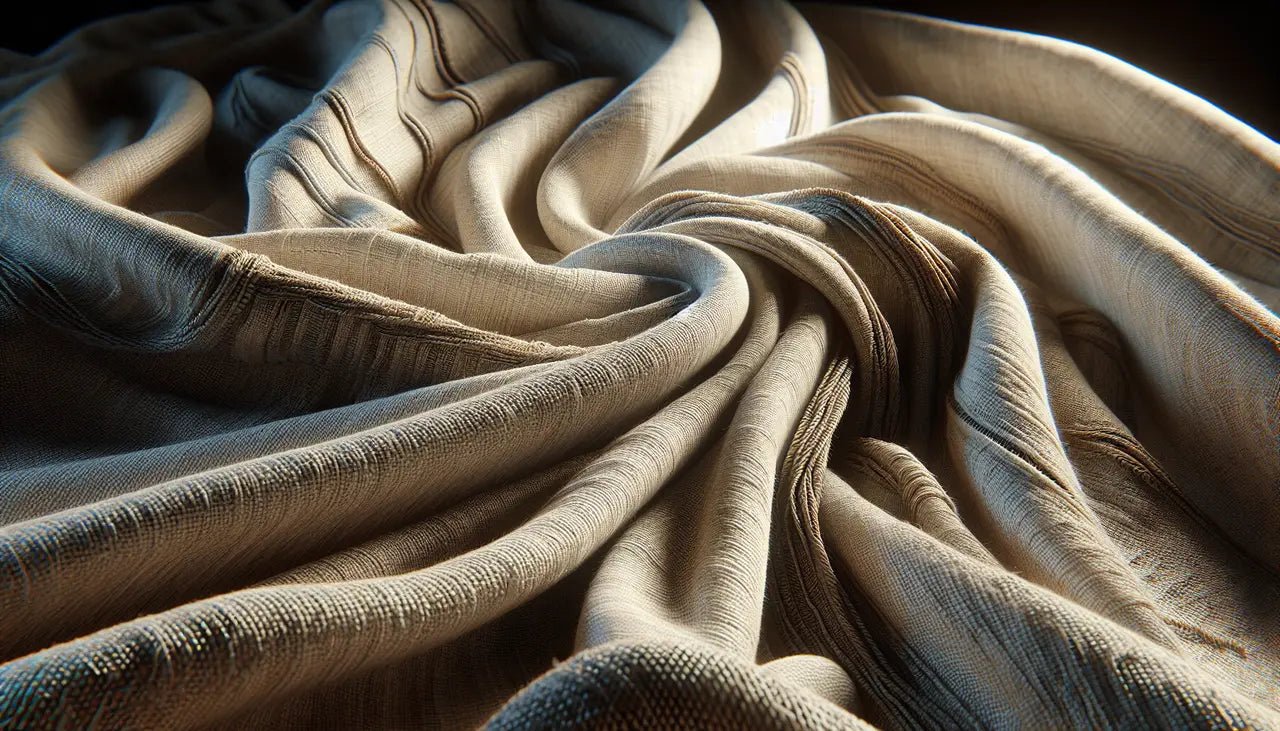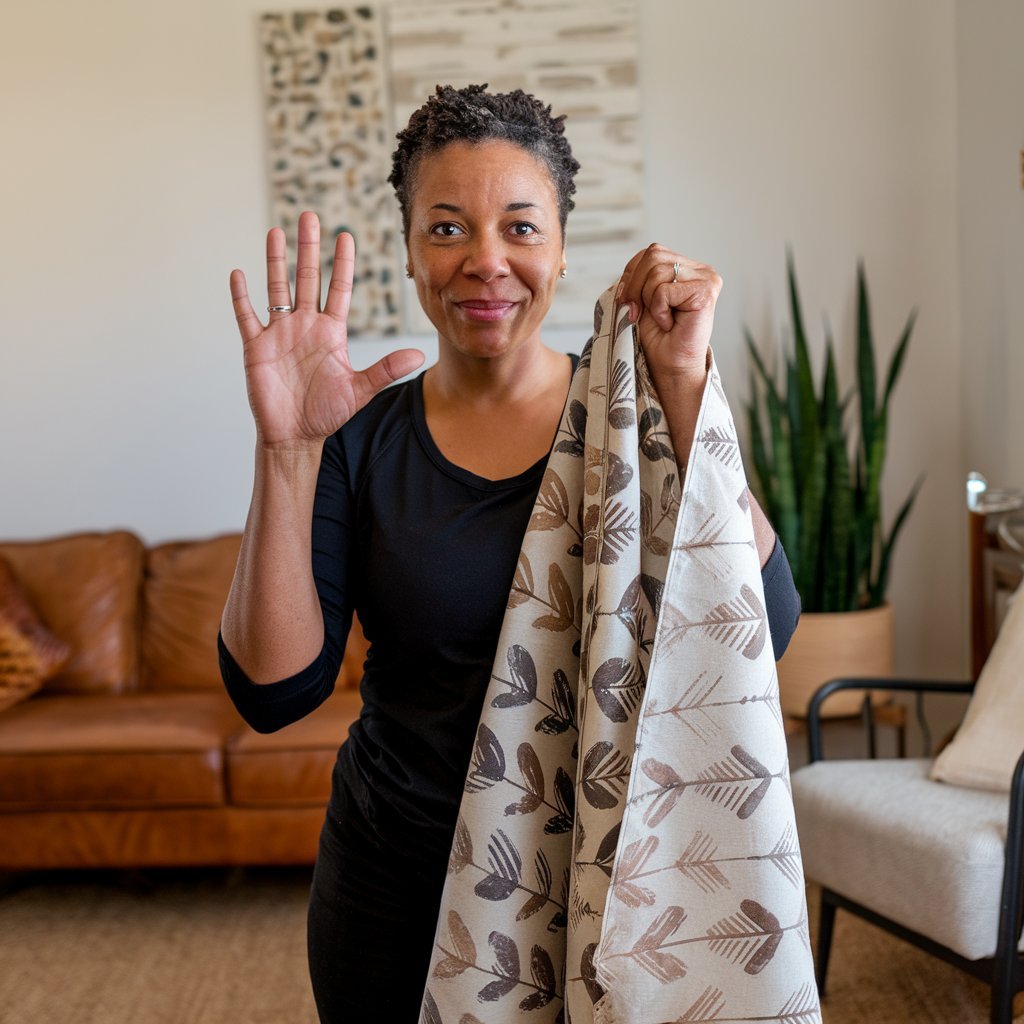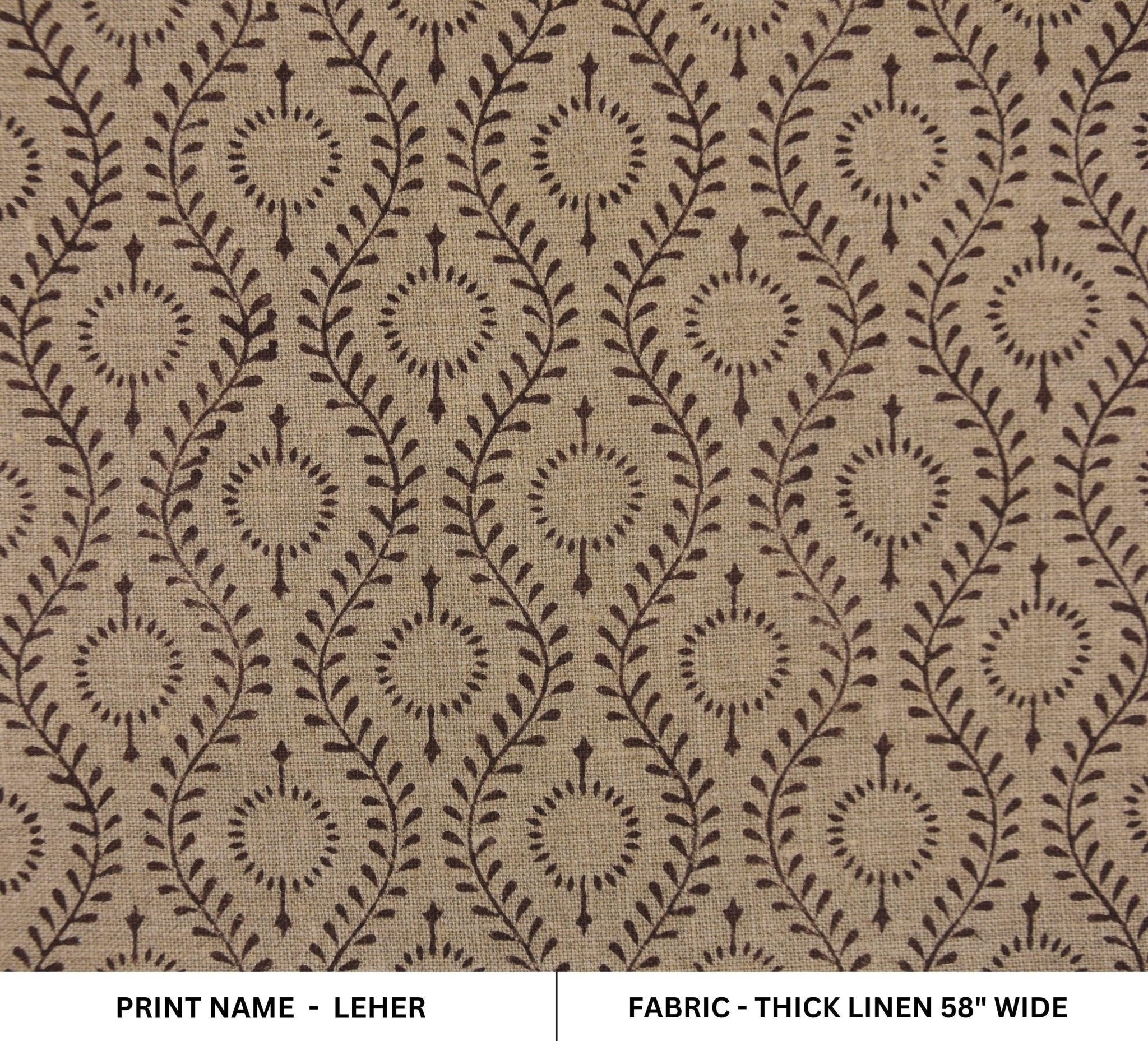Explore the beauty and sustainability of vintage linen fabric as we uncover its timeless appeal and how it seamlessly integrates into modern fashion. From the historical significance of linen to sustainable fashion trends, learn why this ancient fabric is making a remarkable comeback in contemporary wardrobes.

The Historical Significance of Linen
Linen's history is as rich and textured as the fabric itself. This natural fiber, derived from the flax plant, has clothed humanity for thousands of years. As far back as ancient Egypt, linen was used not only for clothing but also served as currency and a symbol of light and purity. Its durability and ease of care, along with the comfort it provides in a vast range of climates, made it indispensable. This historical importance lays the groundwork for understanding why vintage linen is so valued today.
Through the ages, linen production became a craft, with techniques passed down through generations. The traditional methods of harvesting, retting, and weaving linen are stories of human ingenuity and a testament to our relationship with nature. As industrialization brought change, these handcrafted linens became rare treasures, embodying the dedication and skill of artisans who created them. This added layer of historical craftsmanship contributes greatly to the allure of vintage linen fabric in the modern era.
What Makes Vintage Linen So Special?
Vintage linen fabric holds an allure that transcends simple aesthetics. Its appeal lies in the unique qualities developed over time—slight imperfections and a texture that grows softer and more lustrous with each wash. Unlike new linen, vintage linen carries with it a sense of history, a connection to the past that is tangible in its threads. This emotional resonance, combined with the fabric’s inherent durability, makes vintage linen a sought-after material for those seeking depth and authenticity in their wardrobe.
Beyond its tactile and sentimental appeal, vintage linen is also celebrated for its sustainability. In a world increasingly aware of the environmental impact of fashion, choosing vintage pieces is a conscious step towards reducing waste and promoting a more sustainable lifestyle. Each piece of vintage linen fabric repurposed into modern apparel is a statement against the fast-fashion industry, making it not only a style choice but an ethical stance.
Sustainability and Ethical Fashion
The fashion world is undergoing a transformation, with sustainability and ethical practices taking center stage. Vintage linen fabric embodies these principles perfectly. By its nature, linen is a sustainable fiber—requiring less water and pesticides than cotton, for example. When one chooses vintage linen, they are not only opting for an environmentally friendly fabric but also supporting the revival of traditional crafts and reducing the demand for new, resource-intensive garments.
Integrating Vintage Linen into Modern Wardrobes
The integration of vintage linen into modern wardrobes is a testament to the fabric's versatile charm. Whether it's a classic button-down shirt, a breezy summer dress, or an elegant tablecloth, vintage linen fits effortlessly into contemporary styles. Its natural colors and texture add a touch of organic sophistication to any outfit or home décor. Moreover, because linen pairs well with both casual and formal pieces, it offers endless possibilities for creative expression and personal style.
Styling vintage linen is an art in itself, one that encourages experimentation and individual flair. For a modern twist, pair a vintage linen blazer with denim jeans and a simple T-shirt. Or, for a more feminine touch, combine a vintage linen skirt with modern accessories. The key is to embrace the fabric's unique qualities and let them shine, allowing the beauty of vintage linen to add depth and character to modern designs.
Care Tips for Vintage Linen
Maintaining the beauty of vintage linen requires understanding and patience. The fabric is naturally durable but should be treated with care to preserve its unique qualities. Washing vintage linen by hand or in a gentle machine cycle with mild detergent can prevent damage. Avoiding bleach and opting for air-drying flat or on a line will keep the fibers strong and prevent shrinking. Ironing with a steam iron while the fabric is still damp can restore its natural luster, making it look pristine for years to come.
Where to Find Quality Vintage Linen
The hunt for quality vintage linen can be both exciting and rewarding. Thrift shops, estate sales, and online marketplaces are treasure troves for discovering unique pieces. Specialized vintage clothing stores often curate collections of linen apparel, offering pieces with history and character already woven in. When searching, look for reputable dealers who understand the fabric’s value and can attest to its authenticity and condition. Finding quality vintage linen not only adds a piece of history to your wardrobe but also contributes to a sustainable and ethical fashion ecosystem.
Embracing the Timeless Elegance of Vintage Linen
Vintage linen fabric not only embodies a rich history but also represents a move towards more sustainable and ethical fashion choices. Its versatility, durability, and timeless elegance make it a worthwhile addition to any wardrobe. By choosing vintage linen, you're embracing a piece of history while making a statement about the future of fashion.



